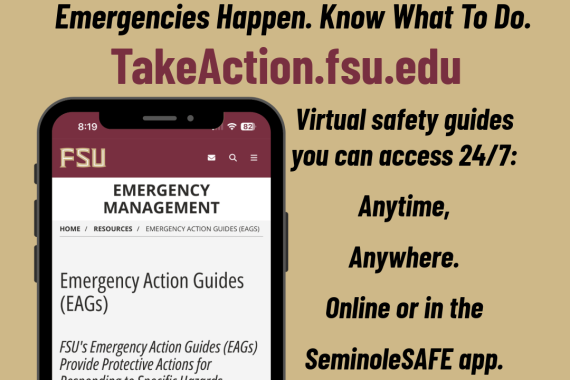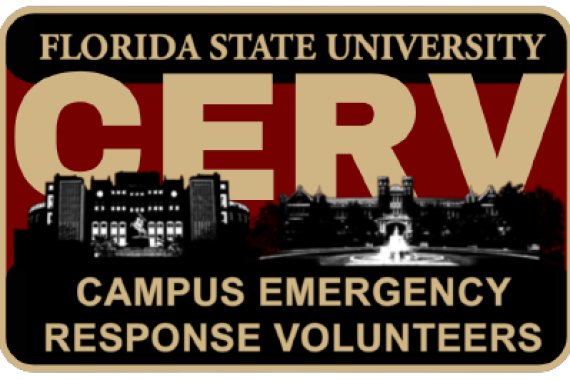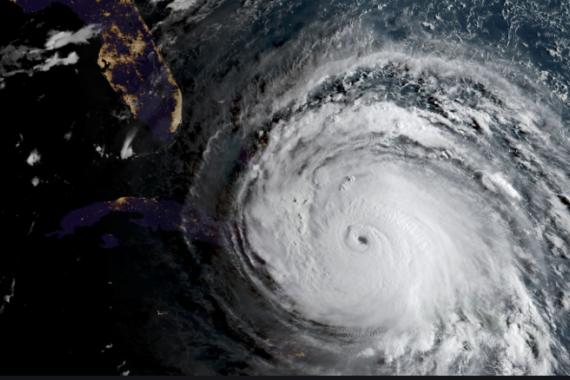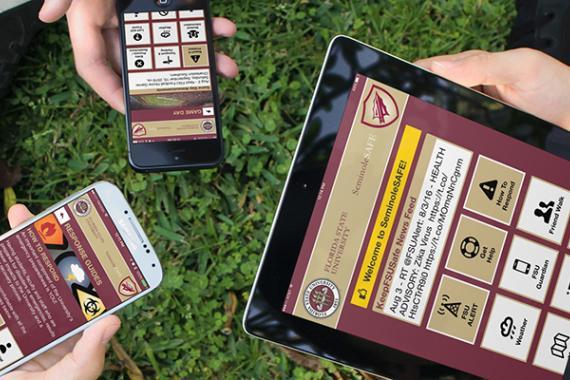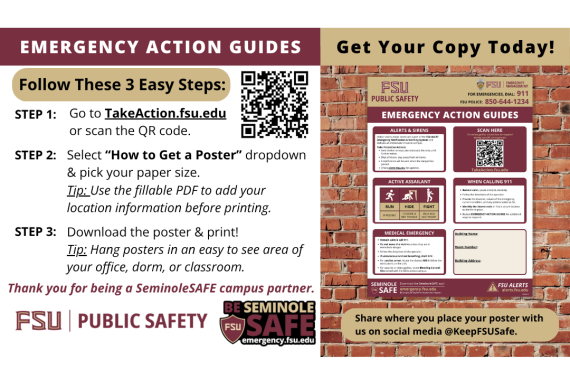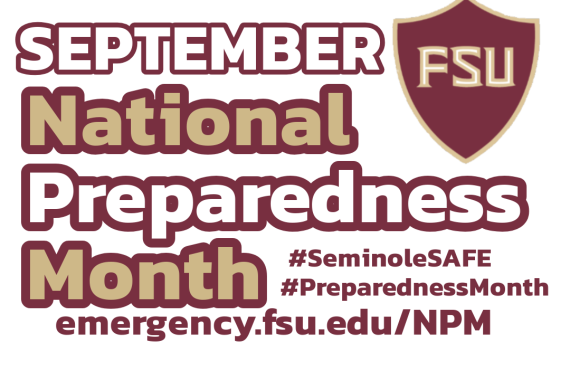Basic Information
What is a tropical cyclone (depression, storm or hurricane)?
A tropical cyclone is a rapidly rotating storm system characterized by a closed low-pressure center, strong winds, and a spiral arrangement of thunderstorms that produce heavy rain. Depending on its strength, a tropical cyclone in the Northern Atlantic Ocean basin is referred to as a tropical depression, tropical storm, or hurricane.
What are the main hazards associated with tropical cyclones?
There are five main hazards associated with tropical cyclones: 1.) Coastal storm surge, 2.) High winds & gusts, 3.) Heavy rainfall and inland flooding, 4.) Tornadoes. 5.) Rip Currents
Where do tropical cyclones occur?
Tropical cyclones occur all over the world. Of greatest concern to Florida State University is the North Atlantic basin which includes all of the Gulf of Mexico and Atlantic Ocean coastlines of the United States. Florida, in particular given it's geography, is particularly vulnerable to tropical storms and hurricanes on an annual basis.
When do tropical cyclones occur?
The Atlantic Hurricane Season is the portion of the year having a relatively high incidence of hurricanes. The hurricane season in the Atlantic, Caribbean, and Gulf of Mexico runs from June 1 to November 30. Storms can and have occurred earlier (January) and later (December), but this is a very rare occurrence. Each month of hurricane season has its favored areas of formation: June, July, August, September, October, November.
What is the Saffir-Simpson Hurricane Wind Scale?
The Saffir-Simpson Hurricane Wind Scale is a 1 to 5 categorization based on the hurricane's intensity at the indicated time. The scale provides examples of the type of damage and impacts in the United States associated with winds of the indicated intensity. Learn More>>
Who is most at risk from the impacts of a tropical storm or hurricane?
First and foremost, anyone located along the immediate coastline is most at risk from storm surge. Secondly, anyone located within an inland flood zone, even hundreds of miles from the coast, is at risk of flooding from heavy rainfall. The third greatest threat from a tropical storm or hurricane is wind; anyone located outdoors or in weak structures is at risk of injury from wind damage. Lastly, and most randomly, is the risk of tornadoes.
Definitions & Terms
Tropical Cyclone
A warm-core non-frontal synoptic-scale cyclone, originating over tropical or subtropical waters, with organized deep convection and a closed surface wind circulation about a well-defined center. Once formed, a tropical cyclone is maintained by the extraction of heat energy from the ocean at high temperature and heat export at the low temperatures of the upper troposphere. In this they differ from extratropical cyclones, which derive their energy from horizontal temperature contrasts in the atmosphere (baroclinic effects).
Tropical Depression
A tropical cyclone in which the maximum sustained surface wind speed (using the U.S. 1-minute average) is 33 kt (38 mph or 62 km/hr) or less.
Tropical Storm
A tropical cyclone in which the maximum sustained surface wind speed (using the U.S. 1-minute average) ranges from 34 kt (39 mph or 63 km/hr) to 63 kt (73 mph or 118 km/hr).
Tropical Storm Watch
An announcement that sustained winds of 34 to 63 knots (39 to 73 mph or 63 to 118 km/hr) are possible within the specified area within 48 hours in association with a tropical, subtropical, or post-tropical cyclone.
Tropical Storm Warning
An announcement that sustained winds of 34 to 63 knots (39 to 73 mph or 63 to 118 km/hr) are expected somewhere within the specified area within 36 hours in association with a tropical, subtropical, or post-tropical cyclone.
Hurricane Watch
An announcement that sustained winds of 64 knots (74 mph or 119 km/hr) or higher are possible within the specified area in association with a tropical, subtropical, or post-tropical cyclone. Because hurricane preparedness activities become difficult once winds reach tropical storm force, the hurricane watch is issued 48 hours in advance of the anticipated onset of tropical storm force winds.
Hurricane Warning
An announcement that sustained winds of 34 to 63 knots (39 to 73 mph or 63 to 118 km/hr) are expected somewhere within the specified area within 36 hours in association with a tropical, subtropical, or post-tropical cyclone.
Storm Surge
An abnormal rise in sea level accompanying a hurricane or other intense storm, and whose height is the difference between the observed level of the sea surface and the level that would have occurred in the absence of the cyclone. Storm surge is usually estimated by subtracting the normal or astronomic high tide from the observed storm tide.
Storm Tide
The actual level of sea water resulting from the astronomic tide combined with the storm surge.
MORE Defnitions & Terms
There are many more specific definitions and terms related to tropical storms and hurricanes available from the National Hurricane Center. Learn More>>


